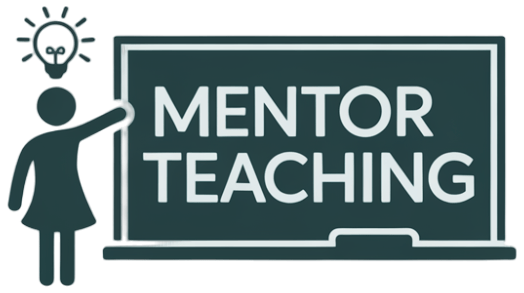Kickstart Growth with High-Impact Feedback
Think of feedback as the spark plug for growth—it ignites progress, clarifies goals, and fuels motivation. High-impact feedback isn’t just a quick pat on the back or a vague “good job.” It’s a purposeful communication process aimed at improving performance, learning, and engagement. According to educational research on effective feedback, the most powerful impact comes when feedback is targeted, timely, and rooted in observable behaviors. Whether you’re coaching an employee, guiding a student, or leading a team, well-delivered feedback can become a cornerstone of professional development.

Zero In with Precise Insights
Imagine trying to hit a target while blindfolded—you might get lucky, but you’re probably missing the mark most of the time. Precision is what makes feedback truly effective. When delivering performance feedback, be specific rather than general: “Your report missed three data sources we discussed” lands better than “Your report needs work.” As highlighted by the Education Endowment Foundation, clear, focused input boosts engagement and enables skill improvement. Target one or two areas rather than overwhelming the receiver with a laundry list of changes.

Strike While the Iron Is Hot
Timing can make—or break—feedback effectiveness. Offer constructive feedback as close as possible to the event. Delayed feedback can lose its relevance and impact. The High Impact Teaching Strategy guide emphasizes the importance of timeliness in keeping learners and employees aligned with performance goals. In workplace communication, this could mean addressing an error during the next team meeting rather than waiting until the end-of-month review.

Blend Strengths and Opportunities
Balance is essential in feedback delivery. No one likes feeling that everything they do is wrong—but sugarcoating without pointing toward improvement isn’t useful either. A strong feedback culture blends recognition of strengths with identification of growth opportunities. This approach promotes employee motivation while still supporting performance improvement. As the High Impact Teaching Strategies framework suggests, effective feedback should challenge and support simultaneously—helping the receiver stay confident while moving forward.

Fuel Progress with Actionable Steps
Feedback only transforms behavior when it provides a clear, practical route forward. Don’t just point out the “problem”; guide the person toward the solution with action steps. For example, instead of “your presentation needs more engagement,” try “next time, include two audience polls.” This turns feedback into a value-driven coaching technique. Building continuous feedback systems into your workplace or classroom ensures that every insight comes with a next step, creating a loop for ongoing improvement.
- Identify the specific skill or behavior to improve.
- Suggest one or two concrete actions.
- Offer resources or support to implement changes.
Encourage Two-Way Conversations
Feedback is most effective when it’s a dialogue, not a monologue. Encouraging two-way feedback conversations builds trust, strengthens workplace culture, and enhances employee engagement. Peer feedback and self-assessment, such as those outlined in active learning approaches, help recipients take ownership of their improvement. In a manager feedback scenario, asking “What do you think went well?” or “How would you address this challenge next time?” invites the employee to reflect and contribute to the solution.
Transform Feedback into Lasting Results
Feedback is only useful if it creates lasting change. This requires consistency, follow-up, and measuring feedback effectiveness. According to John Hattie’s research on learning impact, feedback ranks among the highest influences on performance when it clarifies actionable next steps and is embedded into broader instructional or coaching practices. In the workplace, integrating feedback into ongoing performance management processes ensures that insights turn into measurable improvements.
Think of feedback as part of a feedback loop—you provide actionable input, the person acts on it, you review progress together, then adjust goals accordingly. Over time, this loop accelerates skill improvement and contributes to organizational development, talent growth, and employee retention.




